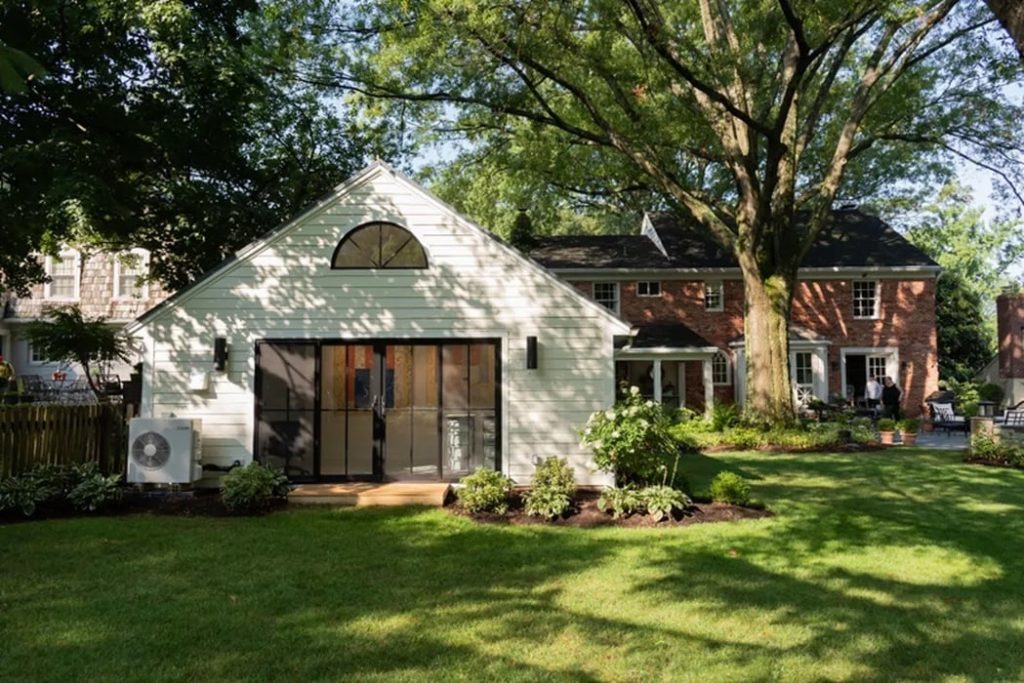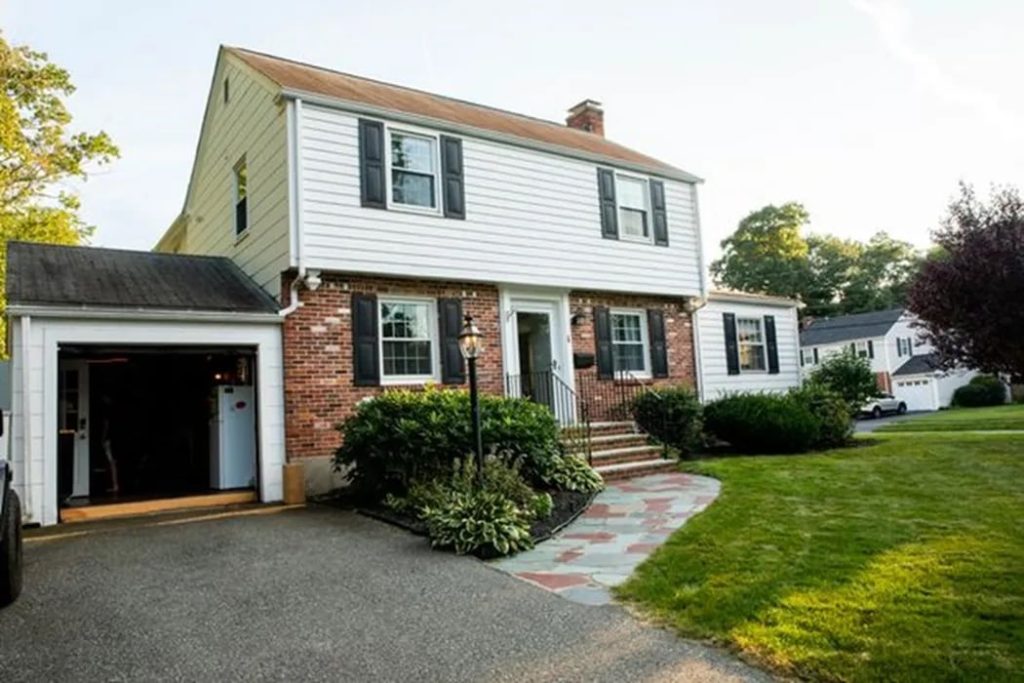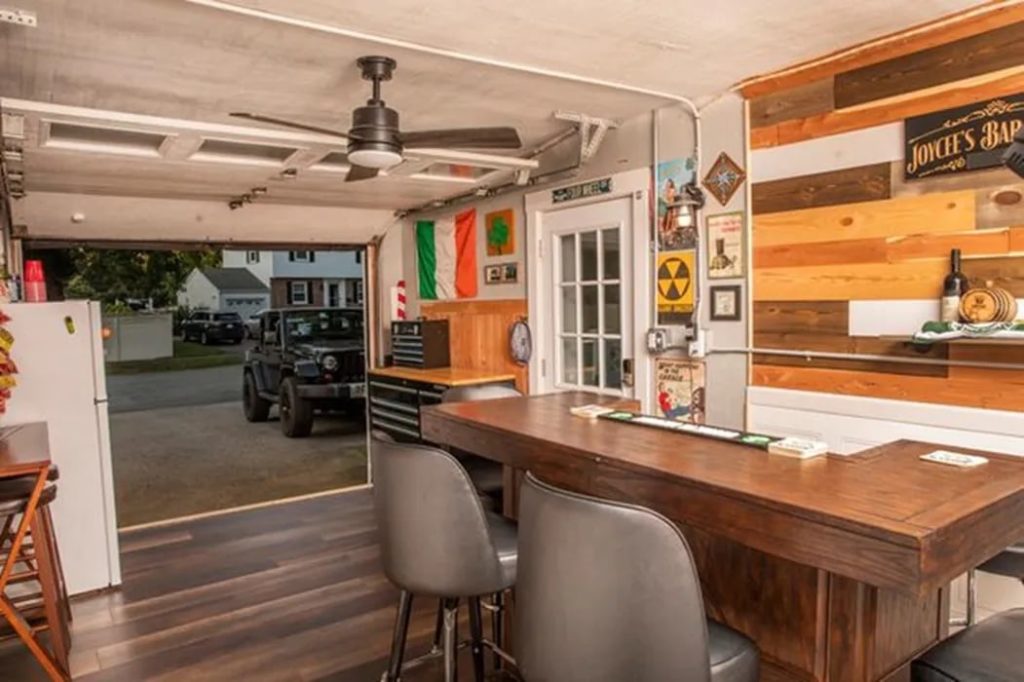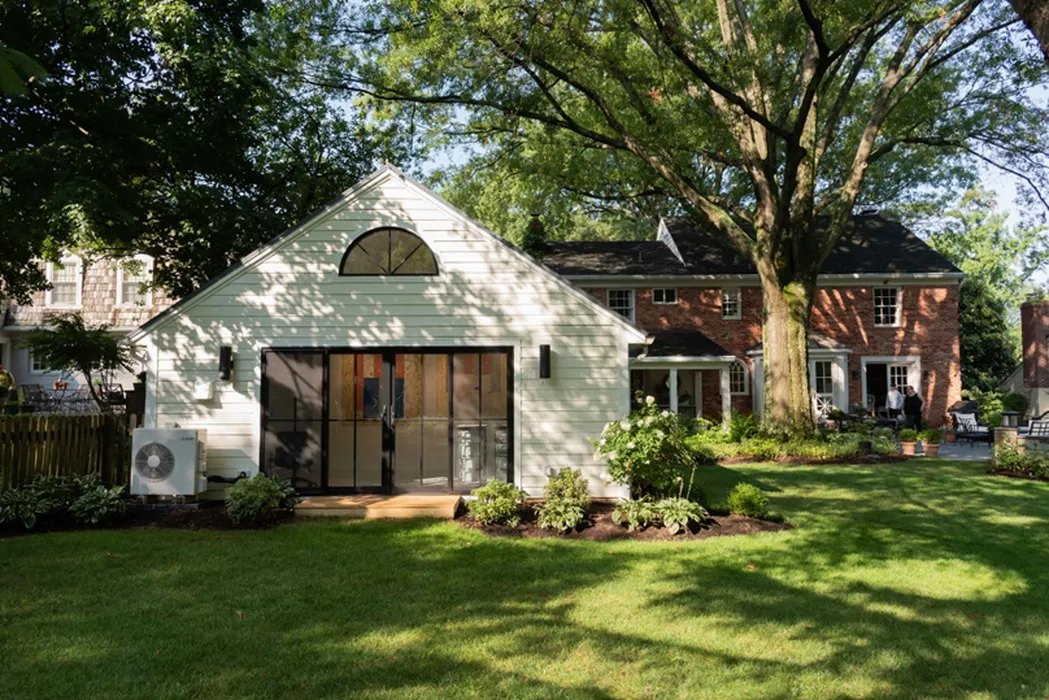
Charles R. Goulding and Preeti Sulibhavi look at how 3D printing should become a key feature in residential garage conversions.
There’s no time like the present to check-off items on your home improvement to-do list. With the global Coronavirus pandemic forcing many to quarantine, or work-from-home, or both, many have had time to tackle those long overdue home improvement projects. One home improvement project in particular has been exceedingly popular during this time: the home garage upgrade. This includes she sheds as well, as we have previously written about.
The Wall Street Journal (WSJ) has recently covered this trend in a piece it published on August 27, 2021, that highlighted various garage makeovers (so-to-speak) that homeowners have undertaken recently. There are many ways to convert a home garage. The home garage can be converted into many forms and types of mini oases as well. 3D printing can be a part of this popular trend.
There are so many items that could be 3D printed instead of traditionally purchased during a home garage conversion. They could be outdoor or indoor items. These include: furniture (including chairs), appliances and food equipment, backyard BBQ essentials, lighting, decorative pieces, smart home technology, and much more.

A before (above) and after (below) scenario is presented by the WSJ as one Massachusetts homeowner decided to create a home pub, with a four foot wooden bar and pinball machine.

The Research & Development Tax Credit
The now permanent Research and Development (R&D) Tax Credit is available for companies developing new or improved products, processes and/or software.
3D printing can help boost a company’s R&D Tax Credits. Wages for technical employees creating, testing and revising 3D printed prototypes can be included as a percentage of eligible time spent for the R&D Tax Credit. Similarly, when used as a method of improving a process, time spent integrating 3D printing hardware and software counts as an eligible activity. Lastly, when used for modeling and preproduction, the costs of filaments consumed during the development process may also be recovered.
Whether it is used for creating and testing prototypes or for final production, 3D printing is a great indicator that R&D Credit eligible activities are taking place. Companies implementing this technology at any point should consider taking advantage of R&D Tax Credits.
A home garage could also be converted into a 3D printing facility (as pictured above). The garage, while not converted into a recreational space, could potentially be the site for useful 3D printing fabrication (for many useful and scalable projects).
Conclusion
It appears that this home garage conversion trend is here to stay. Whether it is the bike lounge you always wanted, or the pool house you never thought you could have, 3D printing can be a big part of this recent home garage makeover trend.

